Your heart pounds and your breath catches
Getting to grips with stage fright? Renate Publig's guide helps with practical exercises.
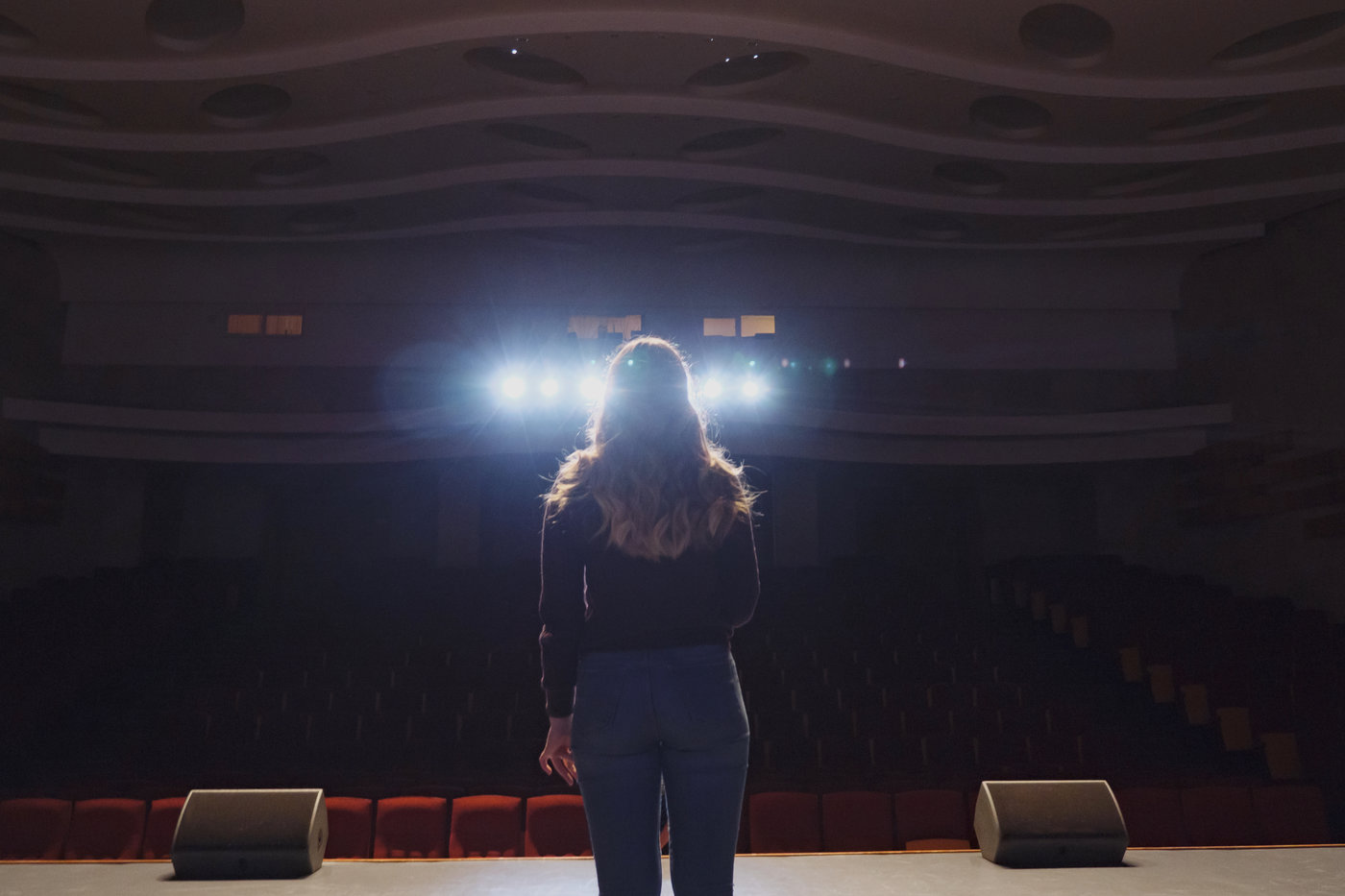
It is written in large letters on the cover: Stage fright. The full title reads: Master your stage fright - With mental training to a successful performance. This is the shortest possible summary of this practical and enjoyable book by Renate Publig. Her writing is light and clear, with graphic elements and drawings that get to the heart of the matter and motivate readers to tackle the problem with hope.
Theoretical information mostly remains in the background, the focus is on practical exercises from A for affirmations to Z for touching toes and breathing, all clearly arranged in a register at the end. On the one hand, these are instructions for "acute interventions" when stage fright chokes the throat immediately before the performance or even on stage. On the other hand, "long-term interventions" help to systematically practise a positive way of dealing with stage fright over an extended period. The guide is ideal for self-therapy. However, anyone who is plagued by panic attacks over a longer period of time should seek help from a specialist instead of resorting to beta blockers. A "middle word from actor Max Müller" right at the beginning and a closing word from José Cura form a harmonious framework.
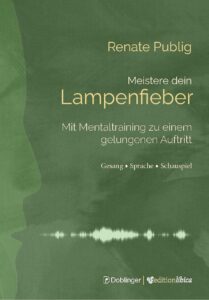
Renate Publig: Master your stage fright. With mental training to a successful performance. Singing, speech, acting, 197 p., € 29.80, Doblinger, Vienna 2021, ISBN 978-3-902667-84-7







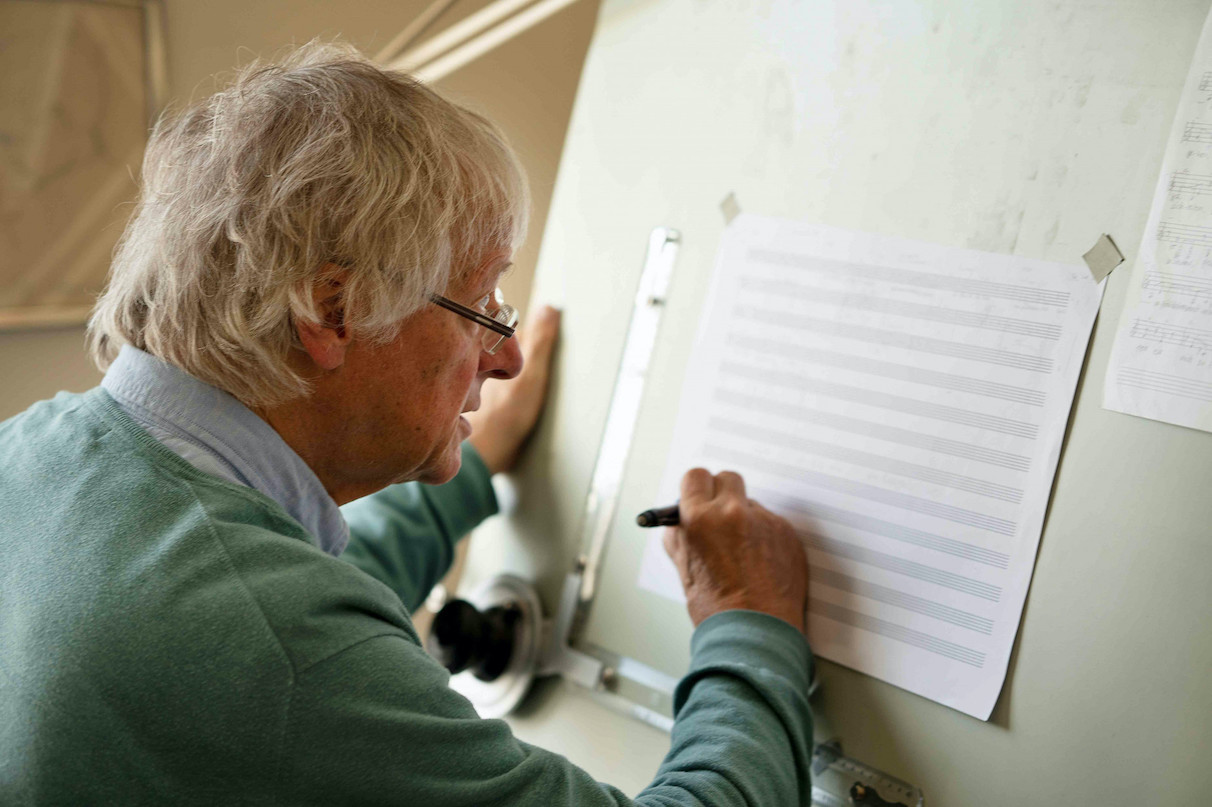
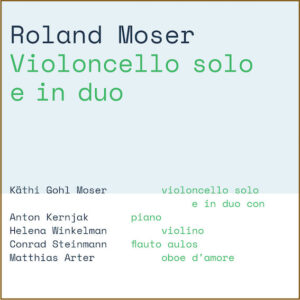

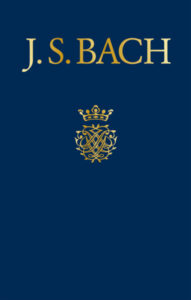
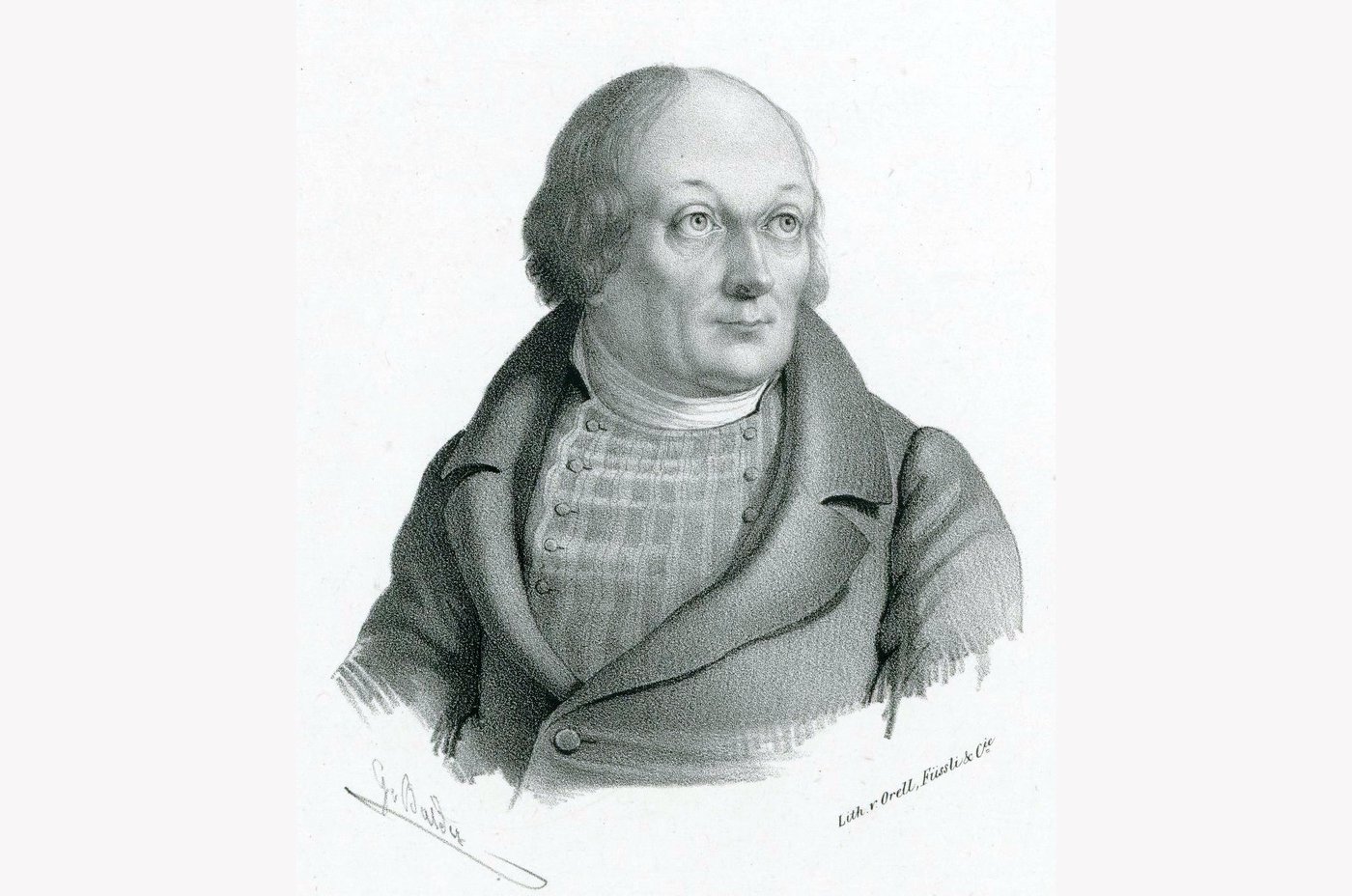
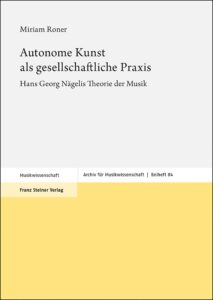

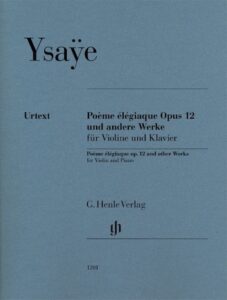


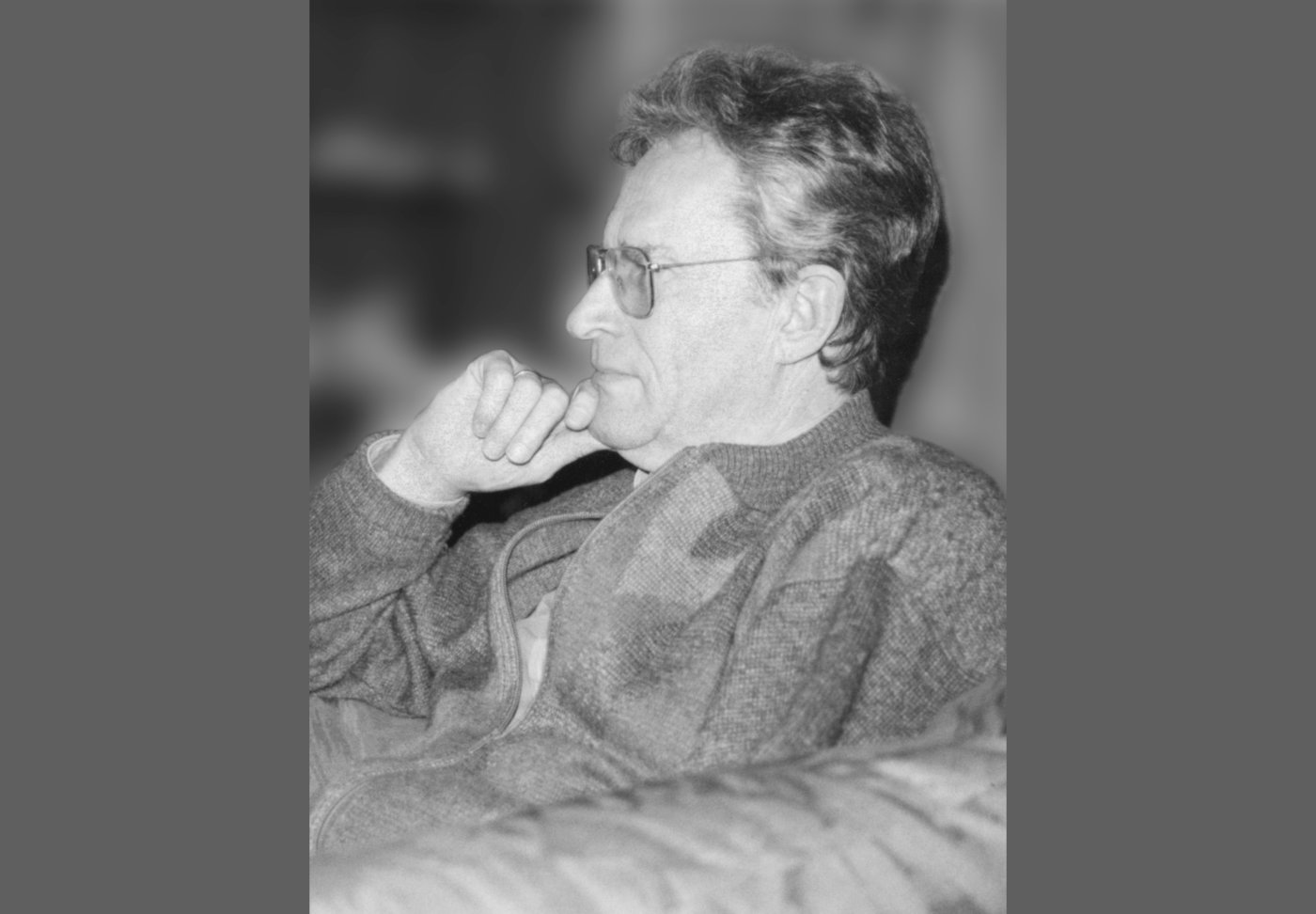
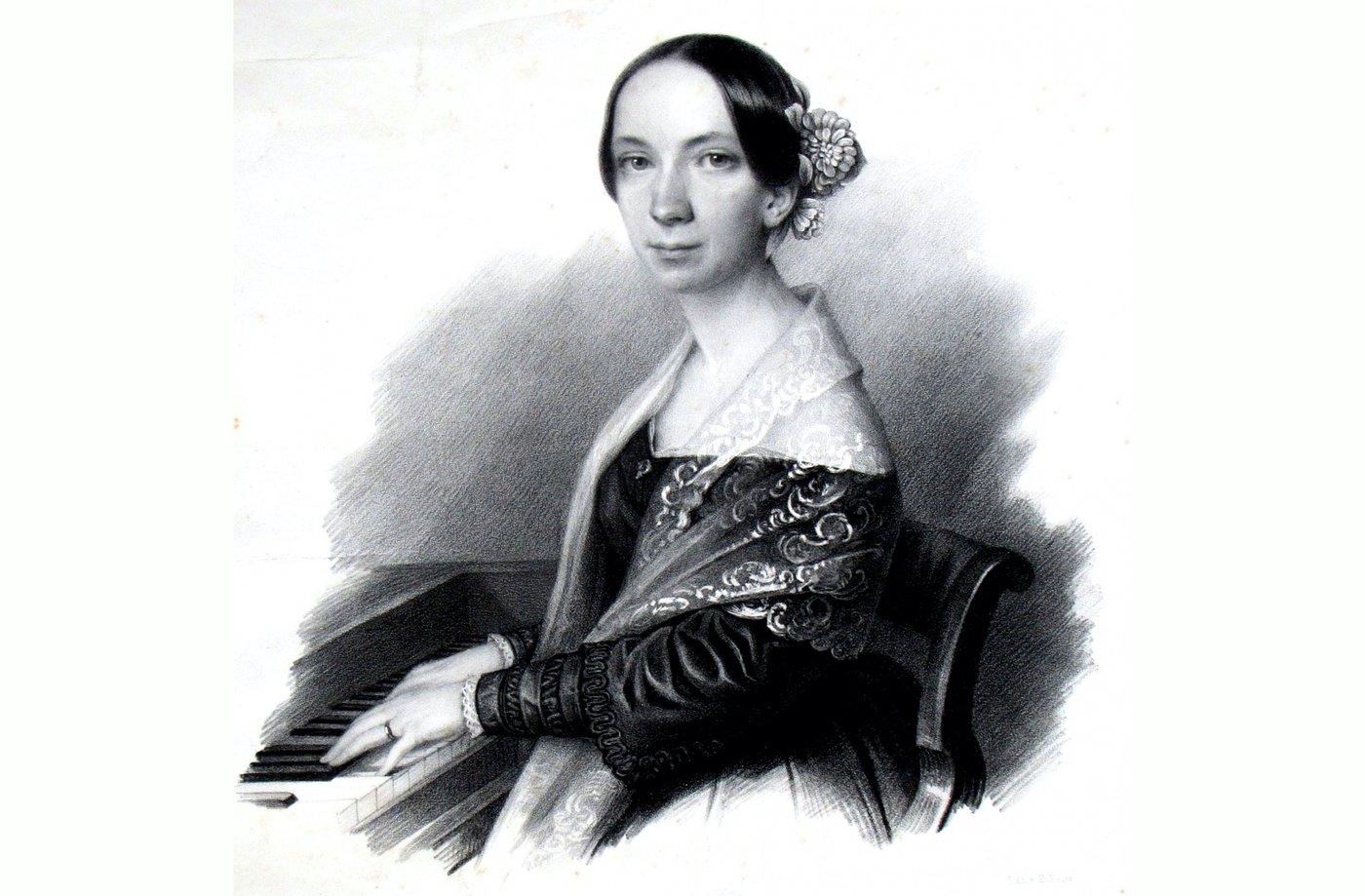
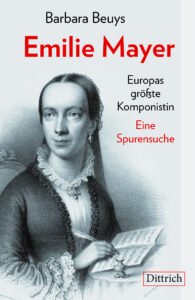 Barbara Beuys: Emilie Mayer, Europe's greatest composer. A search for traces, 220 p., € 22.00, Dittrich, Weilerswist-Metternich 2021, ISBN 978-3-947373-69-7
Barbara Beuys: Emilie Mayer, Europe's greatest composer. A search for traces, 220 p., € 22.00, Dittrich, Weilerswist-Metternich 2021, ISBN 978-3-947373-69-7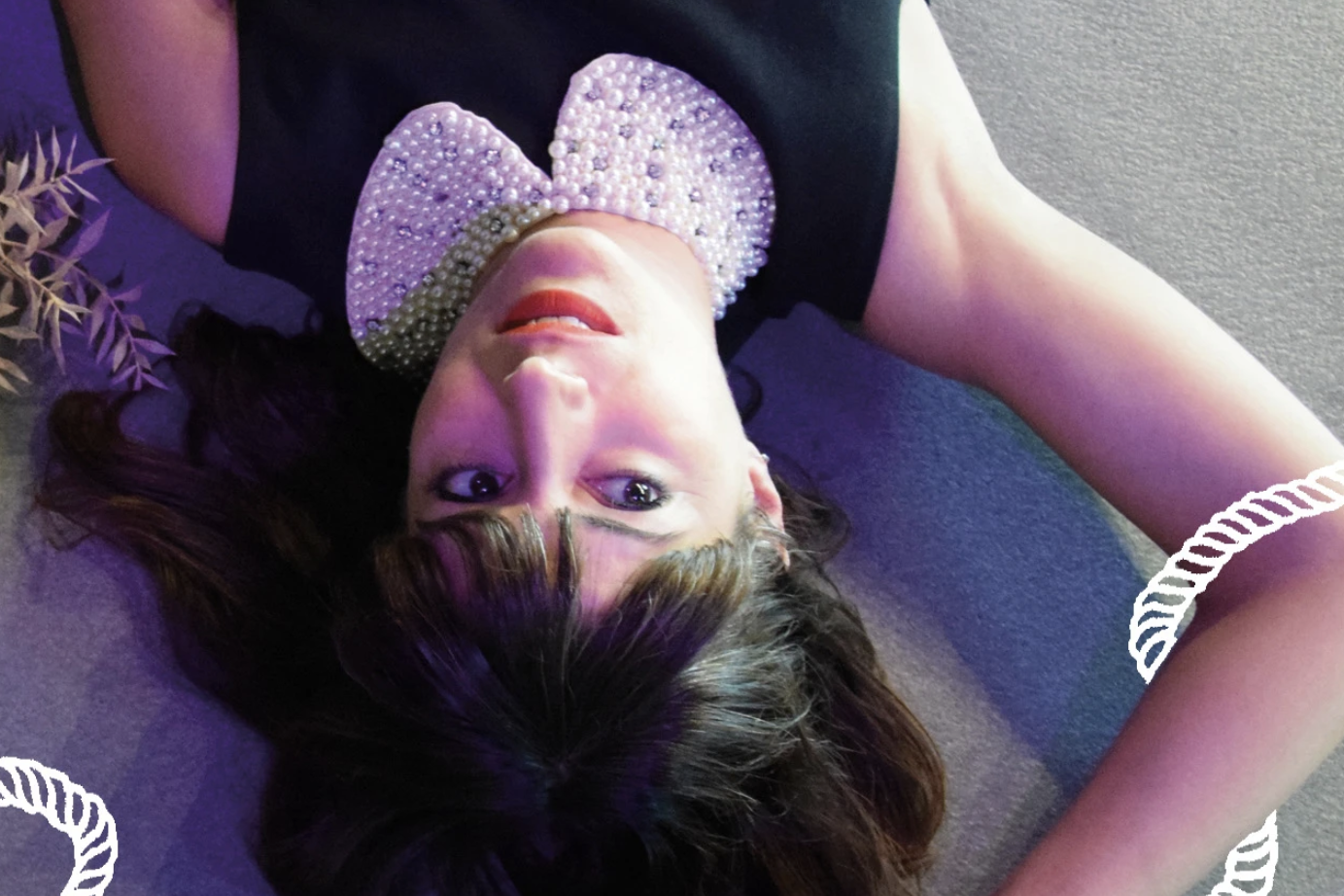
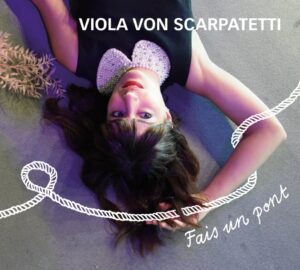

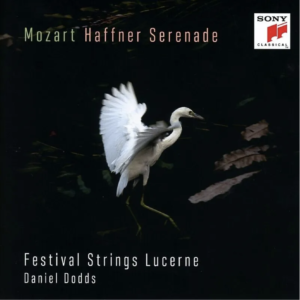 Mozart: Haffner Serenade. Festival Strings Lucerne, Daniel Dodds, violin & direction, Sony Classical 0196587250621
Mozart: Haffner Serenade. Festival Strings Lucerne, Daniel Dodds, violin & direction, Sony Classical 0196587250621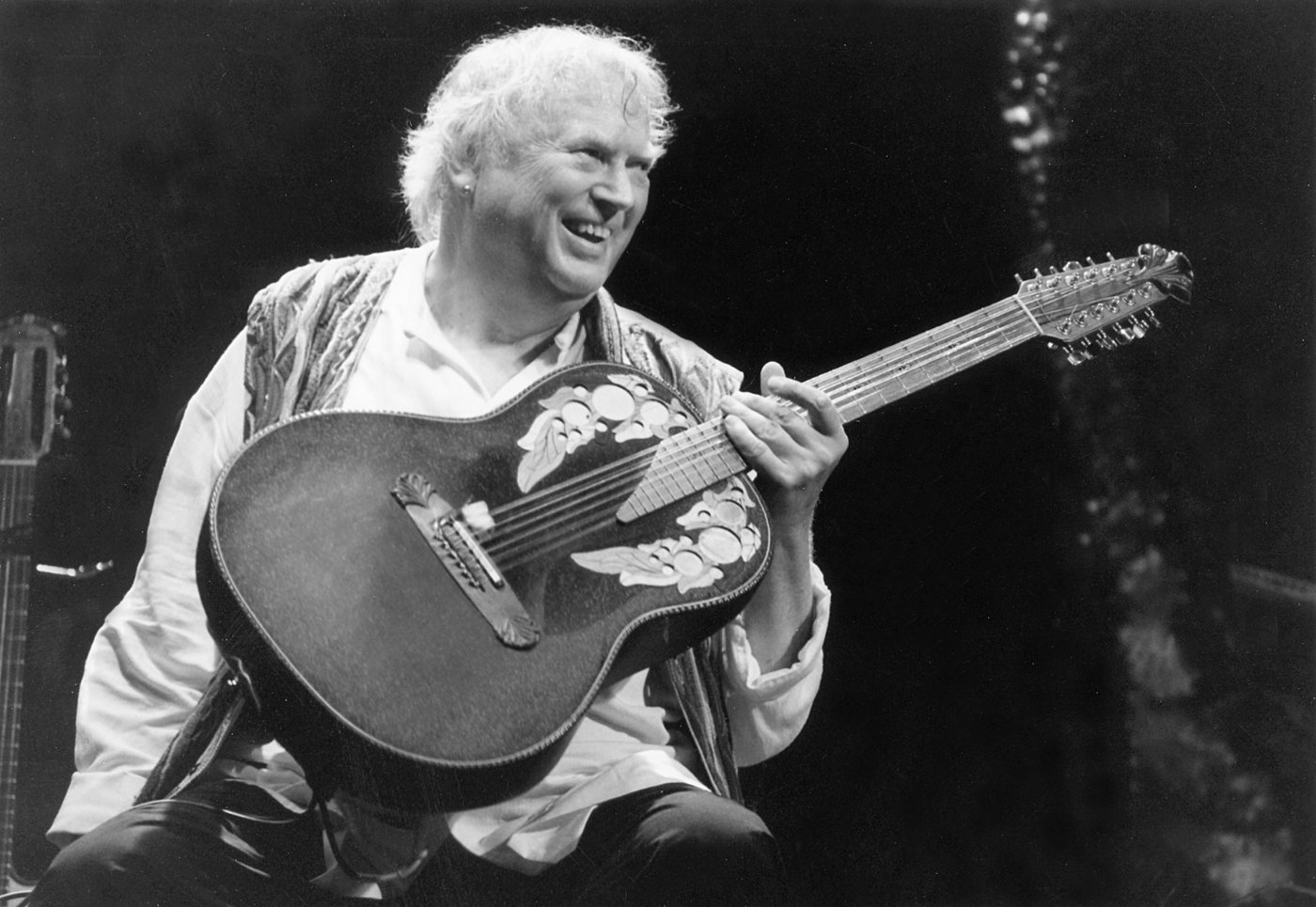
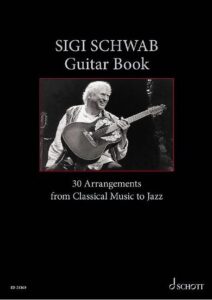

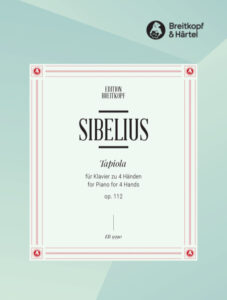

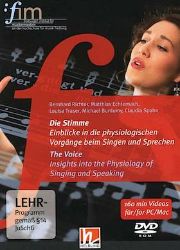
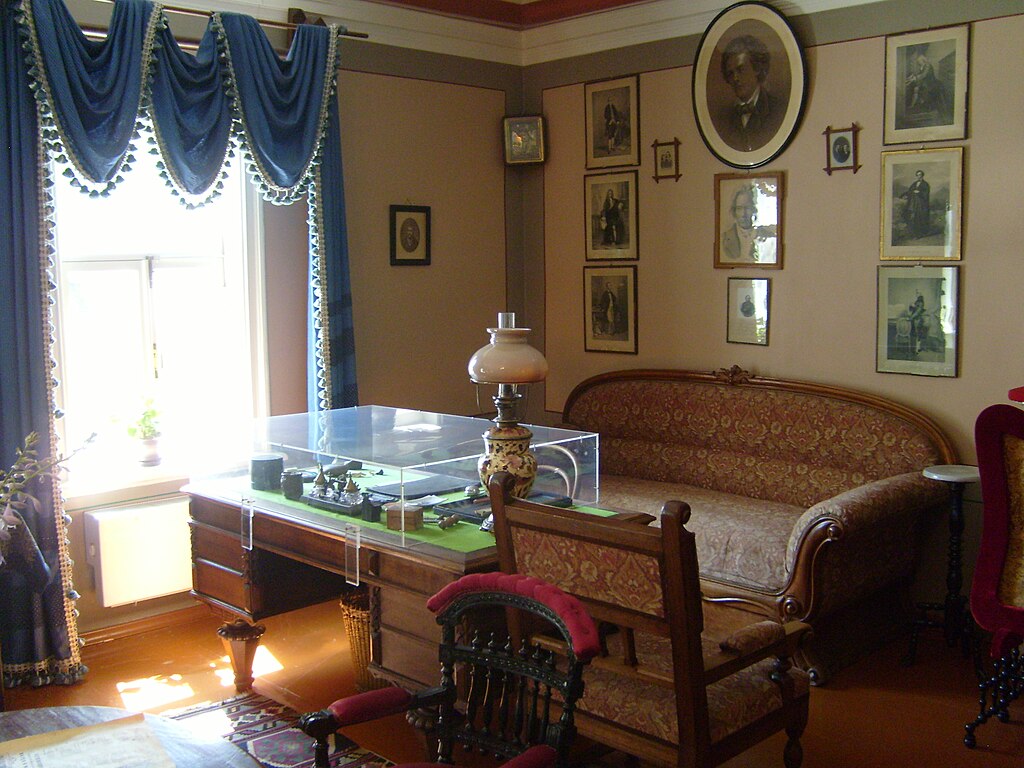
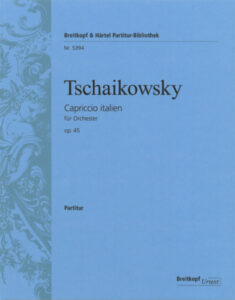 Peter Tchaikovsky, Capriccio italien op. 45, edited by Polina Vajdman, study score, PB 5515, € 10.50, Breitkopf & Härtel, Wiesbaden 2006
Peter Tchaikovsky, Capriccio italien op. 45, edited by Polina Vajdman, study score, PB 5515, € 10.50, Breitkopf & Härtel, Wiesbaden 2006